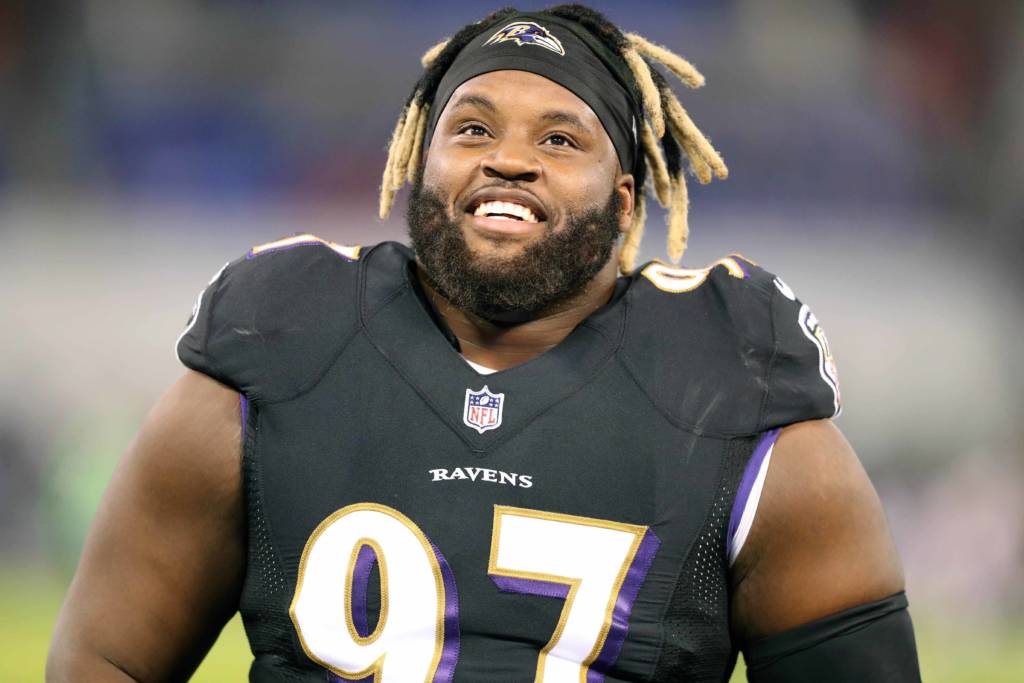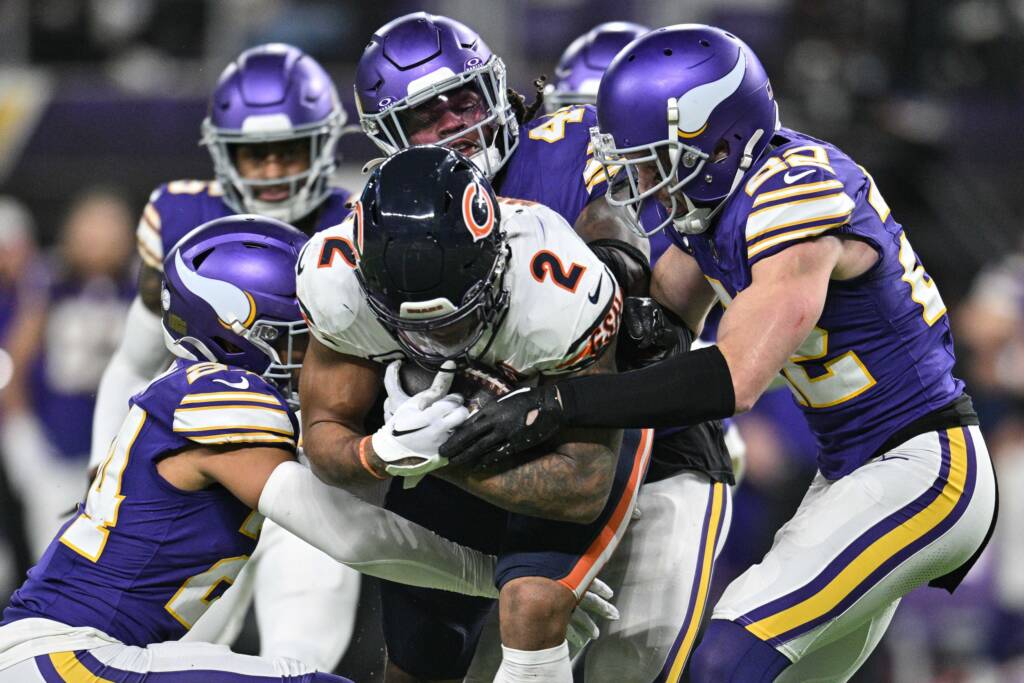NFL free agency is pretty much winding down. There could be a couple other nondescript moves before the draft, but for the most part, all the major signings have taken place. The Minnesota Vikings, for not having a lot of money to spend, were fairly active and made plenty of transactions. Some of these moves got fans excited, and others not so much. Here are the five best moves the Vikings made so far this offseason.
5. Signing Tajae sharpe
Sharpe is by no means a superstar wide receiver, but the Vikings did well in bringing him in.
The Vikings were already thin at wide receiver prior to trading Stefon Diggs. They lacked depth, and after trading Diggs, they lost a starter and the depth took an even bigger hit. With a lot of aging veterans available on the market, the Vikings were able to find a young pass-catcher, who has experience while still possessing plenty of upside.
Sharpe entered the NFL in 2016 and has caught 92 passes for 1,167 yards and eight touchdowns over the course of his career. Those numbers aren’t overly impressive at first glance, but after factoring in that Marcus Mariota was his quarterback for the majority of that stretch, and the Titans offense wasn’t exactly pass-heavy, they look much better.
The most impressive thing about the 6-foot-2, 194-pound Sharpe, is that he rarely drops a pass. He has dropped one pass in the last two years for a 2.1 percent drop rate, so he definitely has sure hands. Sharpe by no means is going to replace Diggs, but he provides some experience, and at just 25 years old still has lots of potential.
4. Franchising Anthony Harris
Going into the 2020 off-season, the Vikings knew their secondary was going to take a hit. They had anticipated both Mackensie Alexander and Trae Waynes leaving in free agency, and also knew they’d be cutting Xavier Rhodes.
To lose Harris on top of that would’ve been devastating. The Vikings decided to put the franchise tag on Harris, ensuring he stays with the team for another season — barring a trade, of course. It’s a good thing too, because Harris has developed into one heck of a player.
Last season, Harris led the Vikings with six interceptions. He is extremely good in pass coverage, allowing just 6.5 yards per times targeted. The Vikings are going to be young at cornerback next season and will need all the veteran leadership they can get in the secondary. Harris gives them that, and despite the franchise tag hurting the Vikings overall cap space this off-season, the price is worth it.
3. Extending Kirk Cousins
The Vikings were wise to extend Cousins this off-season, giving them stability at the quarterback position.
The Vikings reworked Cousins’ deal which will keep him in purple for the next three years. The move freed up some cap space for the team, which allowed them to re-sign some depth pieces like Dakota Dozier, Ameer Abdullah and Brett Jones.
Cousins played extremely well for the Vikings in 2019. He threw for 3,603 yards with 26 touchdowns to six interceptions. He finished the season with a 107.4 QB rating which was fourth in the NFL. The most impressive thing about Cousins last season was the step forward he took from a leadership standpoint. He often put the offense on his back, making clutch throws to win games like in the playoffs against the Saints. He also showed the ability to will the team back into a game, leading the Vikings’ improbable comeback against the Broncos.
The Vikings will be having a lot of changes to their team in 2020, but extending Cousins gives them familiarity at the most important position in the game.
2. trading stefon diggs
This move is both bad and good.
It’s tough to lose a player the caliber of Diggs, but he wanted out and Rick Spielman got a nice haul for the disgruntled receiver.
The Vikings scored a first, fifth and seventh-round pick this year, as well as a fourth-rounder next year. This was huge for the Vikings because with their limited cap space the best way for them to improve their roster in 2020 will be through the draft. The additional first-round pick can be used on a position of need like cornerback, offensive tackle or wide receiver. Having two first-round choices allows the team to bring in a couple of young studs who could start in Year 1.
The additional late-round picks also give the Vikings ammunition to move up the board throughout the draft, allowing them to get players who previously would’ve been out of range.
Obviously, it’s tough to lose a player like Diggs, but he wanted out and instead of taking less than market value, the Vikings waited for the best deal and that was a smart move.
1. signing Michael pierce
Losing Linval Joseph was a tough pill to swallow.
He had been an elite run-stuffer for the team and was a fun guy to watch with his massive size and flowing locks. His play did drop off last season, but that could’ve been due to a knee injury that he had surgery on during the season. As good as Joseph has been, this is a case where the Vikings actually upgraded at nose tackle.
Pierce has been a beast for the Ravens for the last few seasons. He’s totaled 151 tackles, 13 tackles for a loss and 3.5 sacks since entering the league in 2016.
While those numbers aren’t what Joseph had produced in that span, the biggest difference is youth. Joseph is 31 years old and entering the twilight of his career. Pierce is just 27 and has plenty of football left in his massive frame. While Joseph’s play is beginning to decline, Pierce’s is starting to take off.
The “Juggernaut” — as he calls himself — can take on multiple blockers and clog up running lanes. He should be a force in 2020, and hopefully, the Vikings can find a penetrating three-technique defensive tackle to pair with him.

